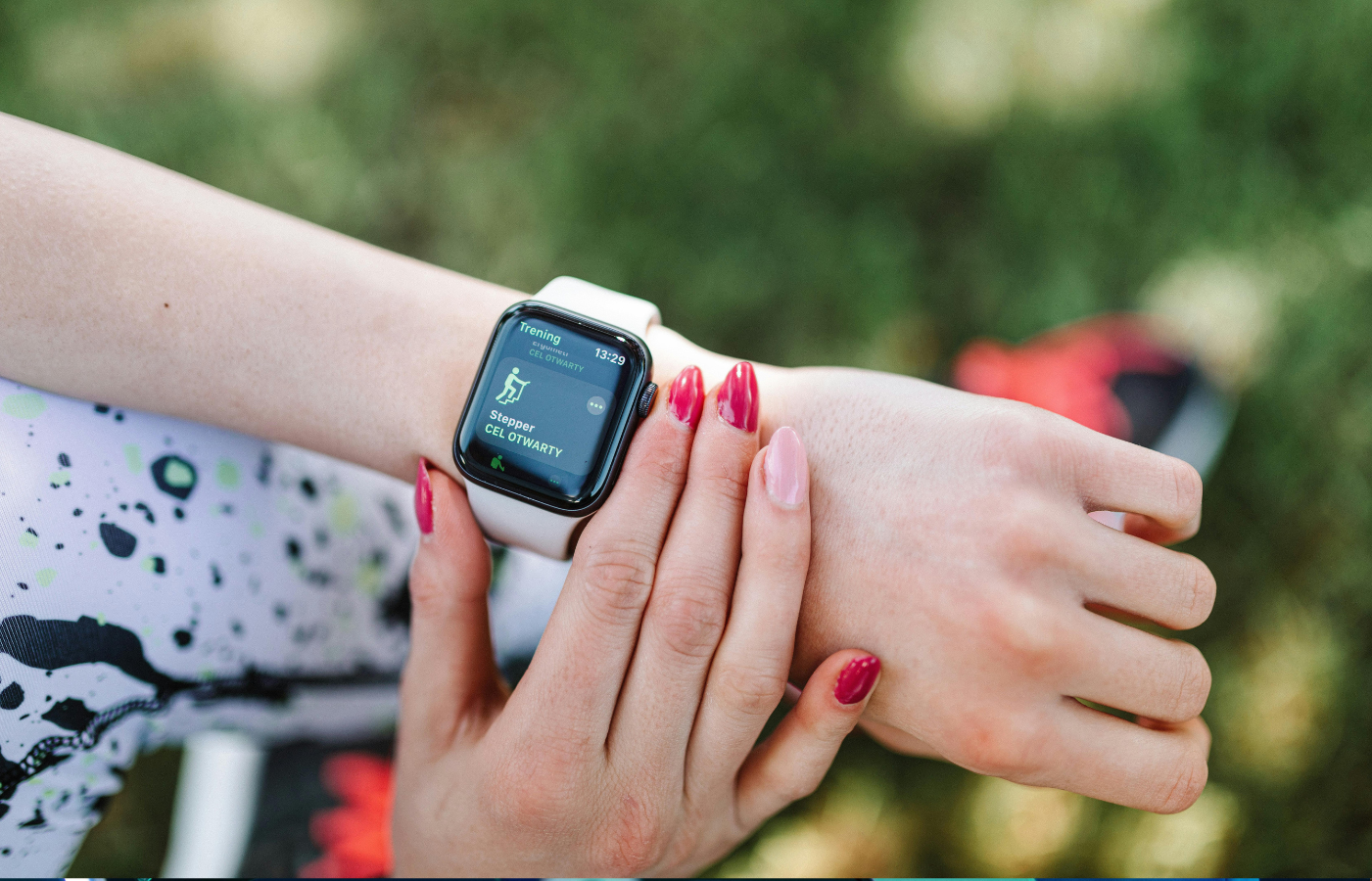Technology isn’t just making life more convenient—it’s also helping save lives. Wearable health devices are becoming more advanced, monitoring vital signs, detecting early warning signs of disease, and even alerting emergency services when needed.
From heart health to glucose monitoring, these devices are giving people greater control over their well-being. Here are ten wearable health gadgets that could be lifesaving.
1. Smartwatches with ECG and Heart Monitoring
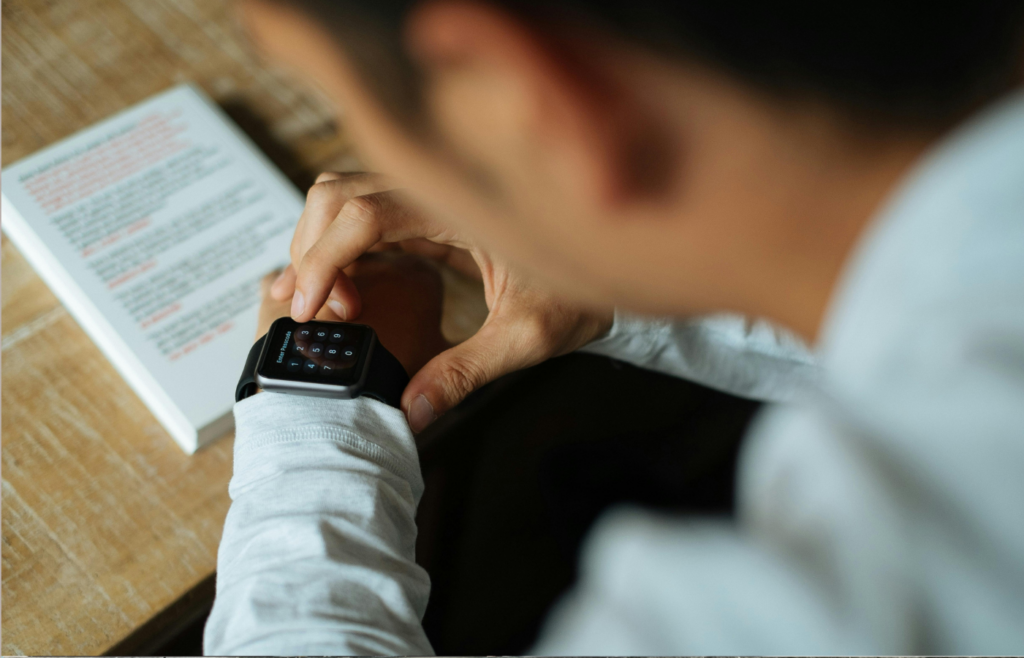
Many modern smartwatches do more than track steps—they can also detect heart irregularities. Devices like the Apple Watch, Samsung Galaxy Watch, and Fitbit Sense come equipped with electrocardiogram (ECG) features that monitor heart rhythms.
These watches can detect atrial fibrillation (AFib), a condition that increases the risk of stroke. If an irregular rhythm is detected, the device alerts the wearer and can even notify emergency contacts or doctors.
2. Continuous Glucose Monitors (CGMs)

For diabetics, monitoring blood sugar levels is critical. Continuous glucose monitors like the Dexcom G7 and the FreeStyle Libre provide real-time blood sugar readings without the need for finger pricks.
These devices help users avoid dangerous highs and lows by sending alerts when levels are out of range. Some even sync with smartwatches and insulin pumps, offering better glucose management and reducing the risk of diabetic complications.
3. Wearable Blood Pressure Monitors
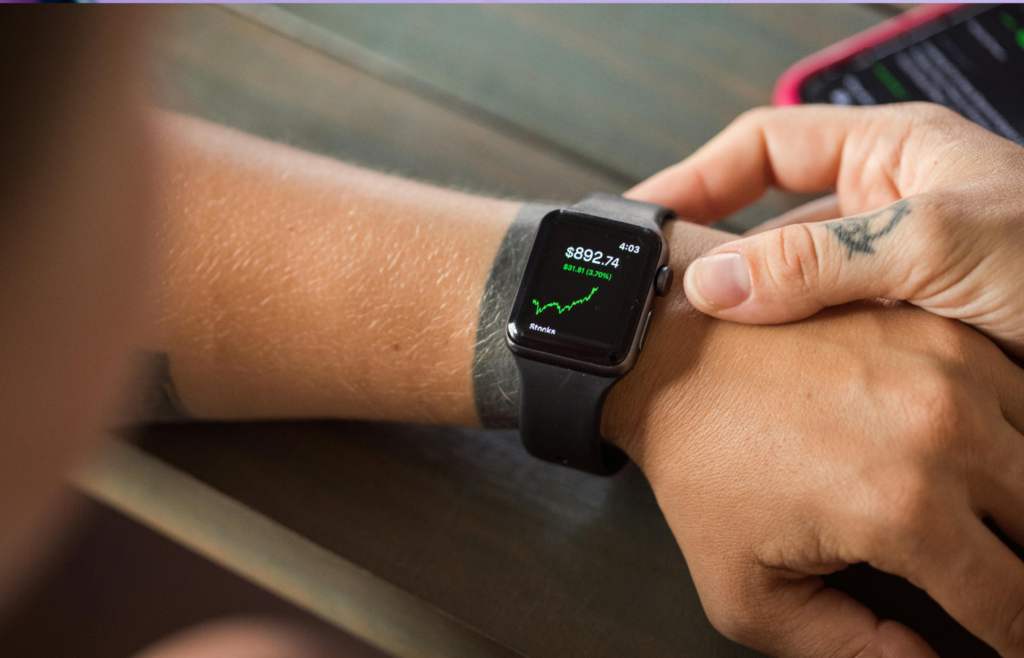
High blood pressure is a leading cause of heart attacks and strokes, but wearable blood pressure monitors make tracking easier. Devices like the Omron HeartGuide provide on-the-go blood pressure readings with medical-grade accuracy.
These wearables help people detect hypertension early and make lifestyle changes before serious health issues arise. Some models even provide medication reminders and connect with doctor’s offices for remote monitoring.
4. Smart Rings for Health Tracking

Smart rings like the Oura Ring and Movano Ring provide discreet, 24/7 health tracking. These devices monitor heart rate, oxygen levels, sleep patterns, and even early signs of illness.
Because smart rings have longer battery life and are less intrusive than smartwatches, they’re ideal for people who want constant health monitoring without wearing a bulky device.
5. Emergency Alert Necklaces and Bracelets

Medical alert wearables have come a long way. Modern versions, like Life Alert and Medical Guardian, feature fall detection and GPS tracking, automatically notifying emergency responders when needed.
These devices are especially useful for seniors or those with chronic health conditions who may need immediate medical assistance. Some models also allow for two-way communication with emergency services.
6. Smart Insoles for Fall Detection
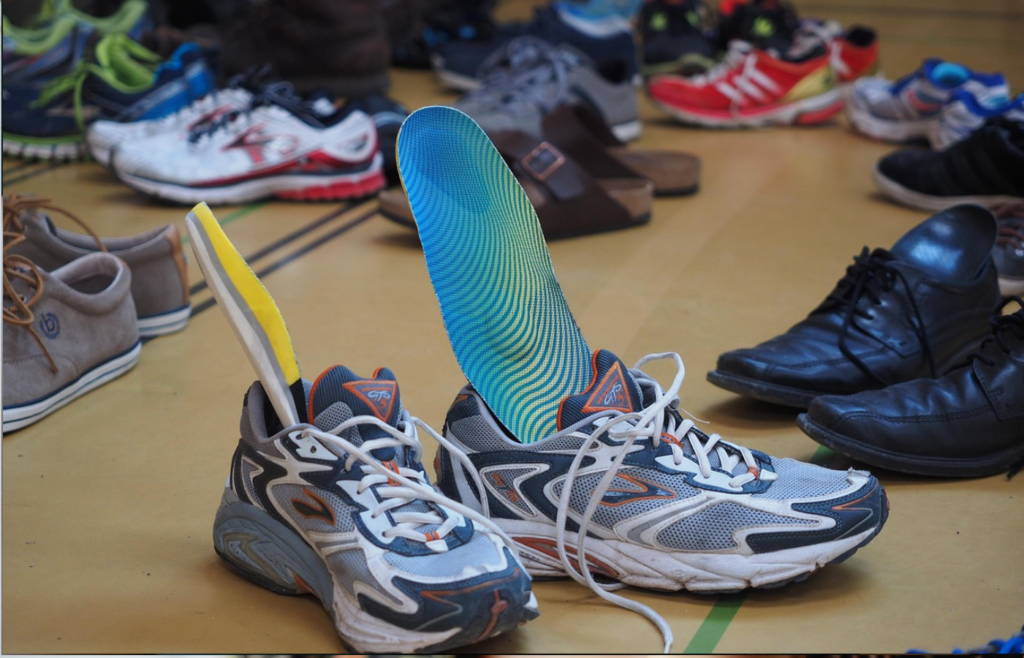
Falls are a leading cause of injury, particularly for older adults. Smart insoles like those from WalkWise and FeetMe track gait patterns and balance, detecting early signs of instability before a fall happens.
These insoles can send alerts to caregivers or family members, providing an extra layer of safety for those at risk of falls. Some even offer AI-powered coaching to improve walking stability over time.
7. Wearable Sleep Apnea Monitors
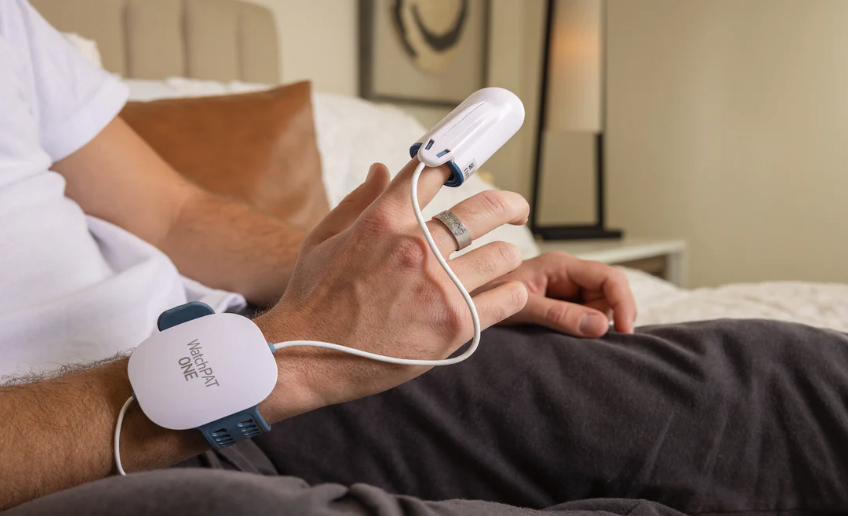
Undiagnosed sleep apnea can lead to heart disease, stroke, and chronic fatigue. Wearable sleep monitors like the Withings Sleep and the ResMed WatchPAT detect breathing disturbances and oxygen levels during sleep.
These devices help users recognize potential sleep disorders without needing to spend a night in a lab. If signs of sleep apnea are detected, they can prompt users to seek medical evaluation and treatment.
8. Smart Clothing with ECG and Respiratory Tracking

Smart clothing is bringing health monitoring to a new level. Companies like Hexoskin and Sensoria have created shirts with built-in ECG sensors that track heart rate, breathing rate, and stress levels.
These wearables are particularly useful for athletes, people with cardiovascular conditions, and those recovering from surgery. Some models even provide alerts when heart or breathing patterns indicate a medical emergency.
Read More: 10 Ways 6G Will Supercharge Connected Cars and the Internet of Vehicles
9. Wearable Air Quality Monitors

Poor air quality can trigger asthma, allergies, and respiratory illnesses. Devices like Atmotube and Flow by Plume Labs monitor air pollution, allergens, and harmful gases in real time.
These wearable sensors help users avoid polluted areas and can alert them to dangerous air conditions, reducing the risk of respiratory flare-ups or long-term exposure to toxins.
Read More: 10 Must-Have Travel Gadgets You’ll Wonder How You Lived Without
10. Smart Patches for Stroke and Seizure Detection
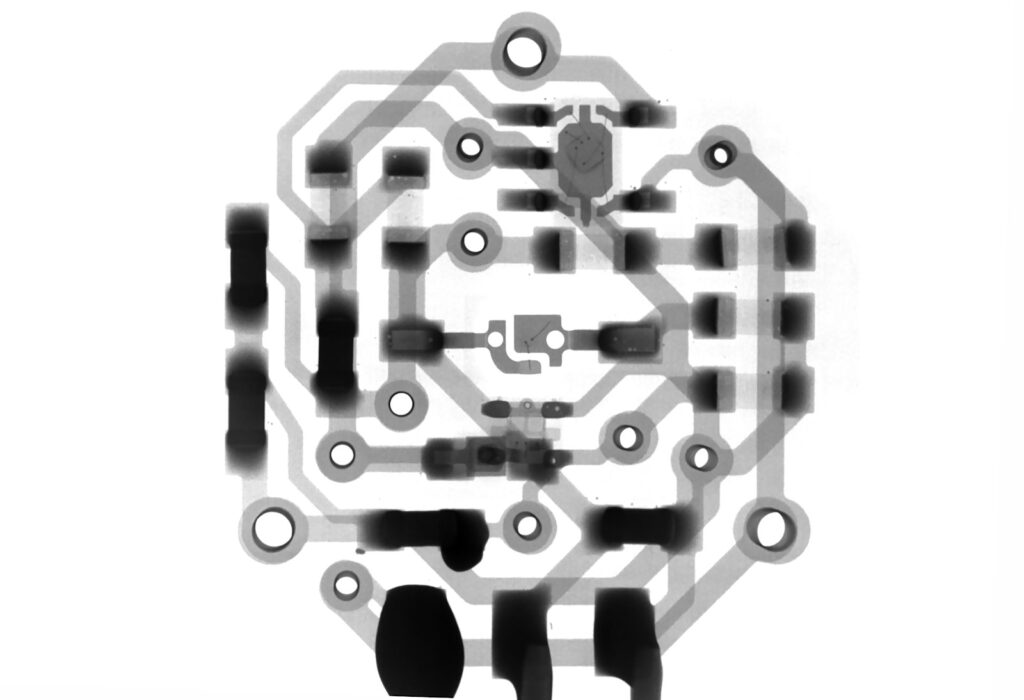
For people at risk of strokes or seizures, early detection is critical. Smart patches like those from BioSerenity and Epilog track neurological activity and detect warning signs of a medical episode.
These patches can send alerts to caregivers and medical professionals, ensuring quick intervention. Some even integrate with AI to analyze patterns and predict potential health events before they occur.
Read More: 7 Reasons Your Phone Battery Sucks (And It’s Not Just Age)

